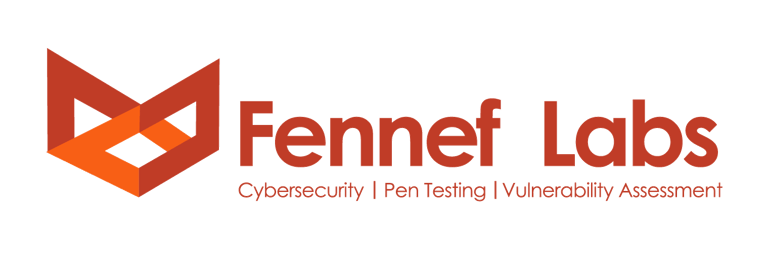AI Driven: The New Frontier in Vulnerability Management
AI Driven: The New Frontier in Vulnerability Management
4/1/20252 min read


The cybersecurity landscape is constantly shifting, and traditional vulnerability management methods are struggling to keep up. Artificial intelligence (AI) is emerging as a critical tool to not only address current threats but also to anticipate and prevent future ones. This isn't just about automation; it's about a fundamental shift towards proactive and predictive security.
How AI is Transforming Vulnerability Management
Intelligent Automation: AI automates routine tasks like scanning, patching, and system updates, freeing up security teams to focus on more complex issues. This automation speeds up response times and reduces human error.
Enhanced Threat Detection: AI algorithms analyze vast datasets, including security logs, network traffic, and threat intelligence feeds, to detect patterns and anomalies that might indicate vulnerabilities or attacks. Machine learning models can identify both known and previously unseen threats, adapting to new threat patterns.
Predictive Analytics: AI can analyze historical data and security breaches to predict future attacks and identify potential vulnerabilities before they can be exploited. This predictive capability allows organizations to proactively strengthen their defenses.
Risk-Based Prioritization: AI-driven risk assessment tools analyze multiple factors, including the nature of the vulnerability, system criticality, and potential impact, to prioritize vulnerabilities based on their severity and likelihood of exploitation. This ensures that the most critical vulnerabilities are addressed first.
Real-Time Monitoring: AI enables real-time monitoring of systems and networks for instant threat detection, minimizing the window of exposure. AI can also enhance intrusion detection and prevention systems by identifying suspicious behavior.
Improved Patch Management: AI can facilitate the timely deployment of security patches, optimizing the patching process by analyzing the impact of patches on system performance and compatibility.
Dynamic Adaptation: AI-powered systems continuously learn and adapt to changing environments and evolving threats, refining their detection capabilities as they process more information. This dynamic approach helps organizations stay ahead of cybercriminals.
Synergistic Approach: AI enhances traditional security measures like firewalls and intrusion detection systems, creating a layered defense that benefits from the speed and precision of AI technology.
The Reality Check: Challenges and Considerations
While AI offers tremendous benefits, it also presents some challenges:
Data Dependency: AI algorithms require large volumes of high-quality data to train effectively. This can be a challenge for organizations with limited access to relevant data.
Trust and Transparency: Some security professionals question whether AI can accurately analyze complex systems without human oversight. Concerns about data privacy and the potential for bias also need to be addressed.
Cost: Implementing AI security tools can be expensive.
Model Drift and Errors: AI models can drift away from their initial training, and may produce incorrect responses.
The Future is AI-Powered
AI is not a replacement for human expertise but a powerful tool that can augment it. The future of vulnerability management will likely be a combination of AI-powered tools and human oversight. As AI continues to evolve, it will play an increasingly important role in helping organizations protect their digital assets from cyber threats.
Ubiquitous AI: AI will likely be incorporated into most security tools.
Autonomous Response: AI will increasingly enable autonomous responses to threats.
Focus on Ethical Use: Organizations must address the ethical implications of AI, including privacy, bias, and accountability.
By understanding both the potential and limitations of AI, organizations can strategically leverage it to create a more resilient and secure digital environment.

